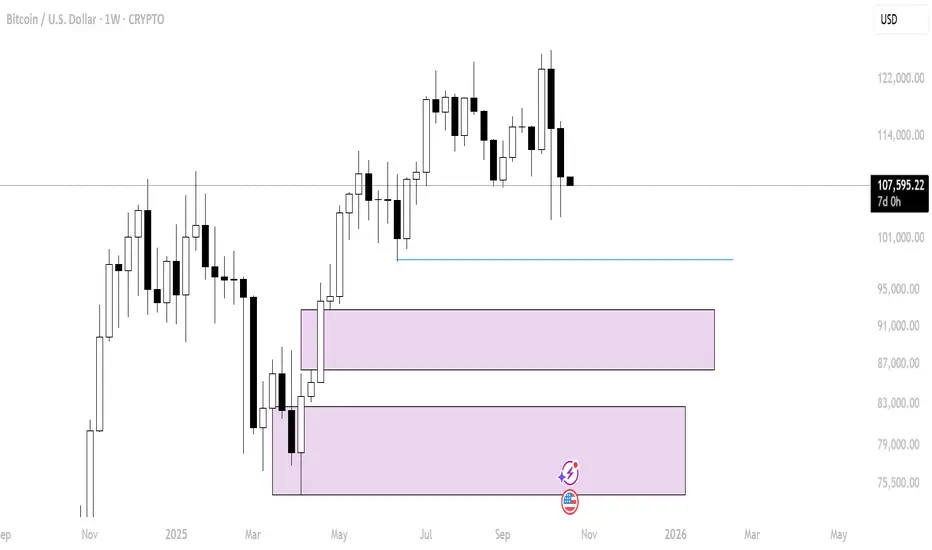In ICT methodology, true consistency comes when your Supply & Demand zones align with the Higher Timeframe (HTF) bias and the External-to-Internal Liquidity cycle.
The Higher Timeframe Dictates Context
The HTF identifies the directional bias — the broader institutional narrative. If daily or 4H structure is bullish, internal retracements on the 1H or 15M are just liquidity collection phases before continuation. Going against this bias means fighting smart money flow.
ICT’s Internal vs External Liquidity in Context
External Liquidity: lies above/below major highs/lows — where stop hunts occur before re-aligning with the HTF narrative.
Internal Liquidity: exists within the range — in Fair Value Gaps (FVGs) or unmitigated zones used by institutions to rebalance after sweeping external liquidity.
Realignment Using Supply & Demand Zones
When price sweeps external liquidity against the trend, watch for return into a HTF demand/supply zone or FVG — that’s where smart money realigns internal order flow back toward the trend.
Example:
In an uptrend, a sweep below an internal low triggers liquidity collection.
Price then rebalances into a demand zone aligned with the HTF, creating a precision continuation point.
The best trades often unfold after liquidity grabs and realignment into the HTF direction.
🔥 Master the rhythm: External sweep → Internal rebalancing → HTF continuation.
The Higher Timeframe Dictates Context
The HTF identifies the directional bias — the broader institutional narrative. If daily or 4H structure is bullish, internal retracements on the 1H or 15M are just liquidity collection phases before continuation. Going against this bias means fighting smart money flow.
ICT’s Internal vs External Liquidity in Context
External Liquidity: lies above/below major highs/lows — where stop hunts occur before re-aligning with the HTF narrative.
Internal Liquidity: exists within the range — in Fair Value Gaps (FVGs) or unmitigated zones used by institutions to rebalance after sweeping external liquidity.
Realignment Using Supply & Demand Zones
When price sweeps external liquidity against the trend, watch for return into a HTF demand/supply zone or FVG — that’s where smart money realigns internal order flow back toward the trend.
Example:
In an uptrend, a sweep below an internal low triggers liquidity collection.
Price then rebalances into a demand zone aligned with the HTF, creating a precision continuation point.
The best trades often unfold after liquidity grabs and realignment into the HTF direction.
🔥 Master the rhythm: External sweep → Internal rebalancing → HTF continuation.
Disclaimer
The information and publications are not meant to be, and do not constitute, financial, investment, trading, or other types of advice or recommendations supplied or endorsed by TradingView. Read more in the Terms of Use.
Disclaimer
The information and publications are not meant to be, and do not constitute, financial, investment, trading, or other types of advice or recommendations supplied or endorsed by TradingView. Read more in the Terms of Use.
